Artifact overview
Firkovich B.19.A / Codex Leningradensis is an artifact (Parchment Manuscript) related to the mythological story named 'Biblical Genesis.' The artifact's condition is Excellent and it is currently located at National Library of Russia in St. Petersburg, Russia, catalogued as record number Firkovich B.19.A. The language of the text contained is Imperial Aramaic, Modern Hebrew (Hebrew writing system). Its estimated date is 1008—1010 CE, which is a range based on available data and scholarship. The mythology associated with this artifact includes the Judaism belief system and related deities: God and Yahweh.
About this artifact
Basic details
| Type | Manuscript Parchment material |
| Condition | Excellent |
| Date created | 1008—1010 CE |
| Language | Imperial Aramaic, Modern Hebrew |
| Writing system | Hebrew (script) |
| Location | National Library of Russia National Library of Russia · St. Petersburg, Russia |
| NLR Collection No. | Firkovich B.19.A |
| Digital access | No. 1st Firkovich Collection Partially digitized |
Provenience
| Discovery | Cairo, Egypt Present-day Cairo, Egypt |
Museum record data
Item specifications
| Museum No. | Firkovich B.19.A |
Mythological contents
Associated myths and deities
| Myths | Biblical Genesis |
| Deities | God, Yahweh |
The Firkovich B.19.A manuscript, also known as the Leningrad Codex or Cairo Bible, is one of the oldest complete manuscripts of the Hebrew Bible.
Extended artifact data for Firkovich B.19.A
See detailed information about this artifact from the entity that has access to it.
Location description
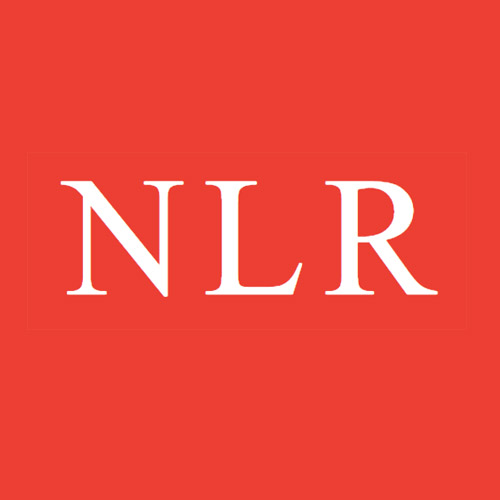 National Library of Russia St. Petersburg, Russiaexpand_less
National Library of Russia St. Petersburg, Russiaexpand_lessFull address: National Library of Russia, 18, Sadovaya street, St. Petersburg, 191069, Russia
The history of the National Library of Russia begins with its foundation on 27 May 1795 and spans over two centuries. The history of the country during these two centuries covers many periods: eras of Catherine the Great, Alexander I, Nicholas I, the major reforms which took place in the 1850s, the February Revolution of 1917 and the October Revolution, the World War II. All events and the changed conditions of Russian life inevitably affected life in the Library. The National Library of Russia in Saint Petersburg is among the greatest treasures in the country's cultural and historical heritage. One of the world's largest libraries, it posseses the most complete collection of publications in Russian. Special attention is traditional...
Learn more
Record numbers
| NLR Collection No. | Firkovich B.19.A |
| Digitized record | No. 1st Firkovich Collection |
| Artifact access | On display |
Full artifact data
| Acquired | 1863 |
| Binding | Leather |
| Text direction | Right to left |
| Language | Hebrew |
Record notes
About these data
| Retrieval date | May. 28, 2020 |
| Copyright | National Library of Russia |
Render
See a rendering of the artifact in images, text, and other form factors. Where available, a translation is included.
Digital scan
OMNIKA Reader
Good news. This original artifact is digitized and available in the OMNIKA Library.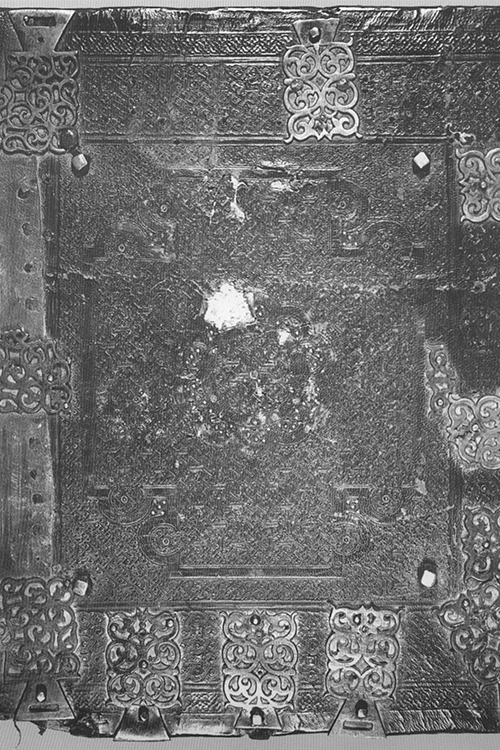
Full Collation (full), Transcript
Ancient Hebrew, Imperial Aramaic ⟶ Ancient Hebrew a
בראשית 1 (Genesis 1)
בראשית 2 (Genesis 2)
בראשית 3 (Genesis 3)
All texts
| Title |
|
|---|---|
| "Genesis 1-3": Ancient Hebrew Transcript of Biblical Genesis (BHS) Book · Rudolf Kittel · 1969 |
|
Mythological contents
This artifact contains mythological contents associated with Judaism Religion. The main narrative mentioned may be Biblical Genesis, a Creation myth. The deities depicted or mentioned in the artifact may be: God and Yahweh.
Parent belief system
 Judaism Religion · Monotheisticexpand_lessHeads up. This Religion belongs to the Abrahamic collection on the basis of shared myths and deities.
Judaism Religion · Monotheisticexpand_lessHeads up. This Religion belongs to the Abrahamic collection on the basis of shared myths and deities.Judaism is one of the world's oldest religions and was the basis for Christianity, via the Old Testament (portion of the Bible). It is widely associated with the modern nation state of Israel and is considered one of the world's first monotheistic religions.
Learn more
Associated myth
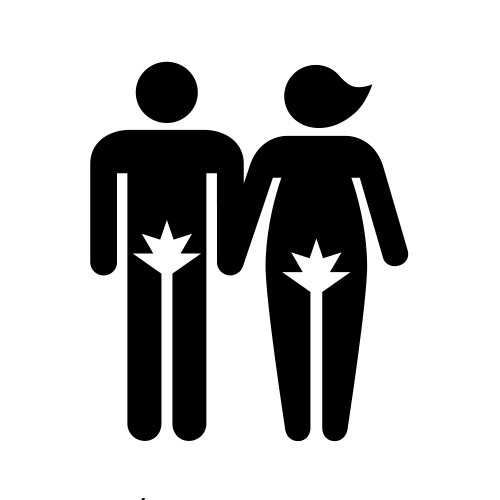 Biblical Genesis Creation mythexpand_less
Biblical Genesis Creation mythexpand_lessNuthsell
God created everything in the course of six days, as follows: (day 1) the heavens and the earth—effectively the entire universe—followed by day and night; (day 2) a dome to separate heaven and earth; (day 3) land, from which trees and plant life is raised; (day 4) sun and moon; (day 5) creatures that dwell in the ocean, and; (day 6) animals and humans (Adam and Eve), modeled in his image. Afterwards, Adam and Eve ate the forbidden fruit from the tree of knowledge of good and evil. Upon eating the apple and gaining awareness, they were kicked out of the Garden of Eden and forced to live out their mortal days on Earth.
Read more
Deities depicted
Artifact condition
The artifact named 'Firkovich B.19.A' is appraised as being in Excellent condition based on how much reliance is placed on other resources to make it complete and readable.
| Condition | Excellent | Just OK | Poor |
|---|---|---|---|
 | 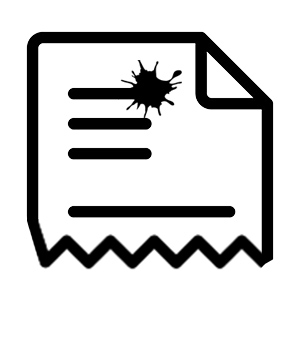 | 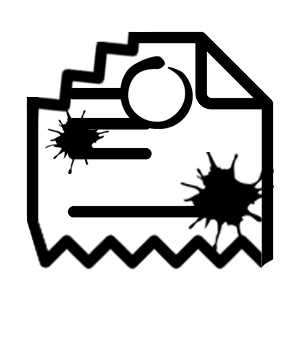 | |
| Completeness | More than 80% | 50 - 80% | Less than 50% |
| Fragmentation | Minor | Moderate | Significant |
| Damage | Minor | Moderate | Significant |
| Legibility | Highly readable | Somewhat readable | Unintelligible |
How did we get this date?
The creation date for the artifact named 'Firkovich B.19.A / Codex Leningradensis' is a date range because the exact date is unknown. We derived this date from the source(s) listed below:
Notes (see bottom of page for full bibliography)
- Jam'a, Leningrad Codex. [The date is written on the colophon, or folio page indicating the date and authorship]Visit"The oldest complete Hebrew Bible in the world is the Leningrad Codex. Housed in the Saltykov-Shchedrin State Public Library in St. Petersburg, Russia, and dating to 1009 C.E."
Artifact access conditions
Hands-on access to the manuscript may be available by request through the library's website.
Contact the location
Scholarly research inquiriesWhat's a 'joined' artifact?
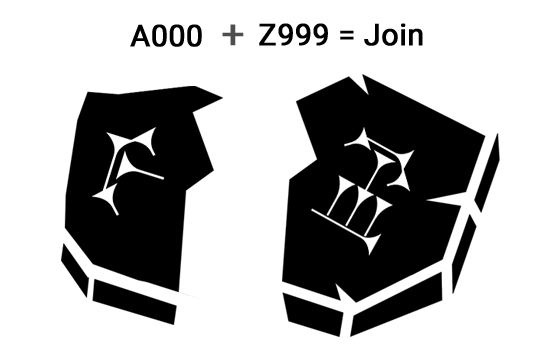
A joined artifact is one that was originally part of the other and was broken or fragmented at some point in time. Joins are common among clay tablets because they may get broken during discovery and transportation. The join is notated with the + sign. For example, if tablets A000 and Z999 are joined, we would express this relationship by grouping them as A000 + Z999 to indicate they are related.
If the fragments are owned, maintained, and cataloged by separate museums then classifying the join relationship is critical for accurate translations.
Cite this page
OMNIKA Foundation Contributors. "Firkovich B.19.A / Codex Leningradensis." OMNIKA – World Mythology Index, OMNIKA Foundation, 04 Mar. 2019, omnika.org/stable/42. Accessed 24 Nov. 2024.
OMNIKA (2019, March 04). Firkovich B.19.A / Codex Leningradensis. Retrieved from https://omnika.org/stable/42
OMNIKA Foundation Contributors. "Firkovich B.19.A / Codex Leningradensis." Las Vegas, NV: OMNIKA Foundation. Created March 04, 2019. Accessed November 24, 2024. https://omnika.org/stable/42.









